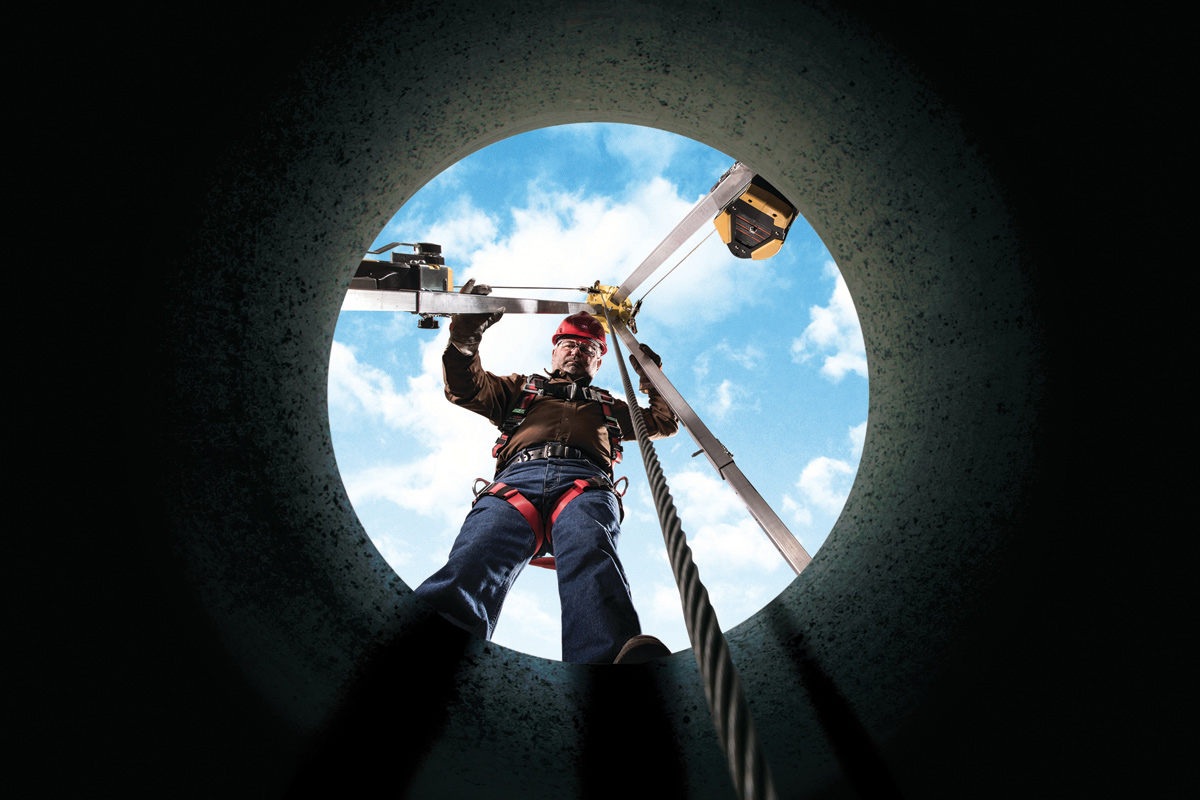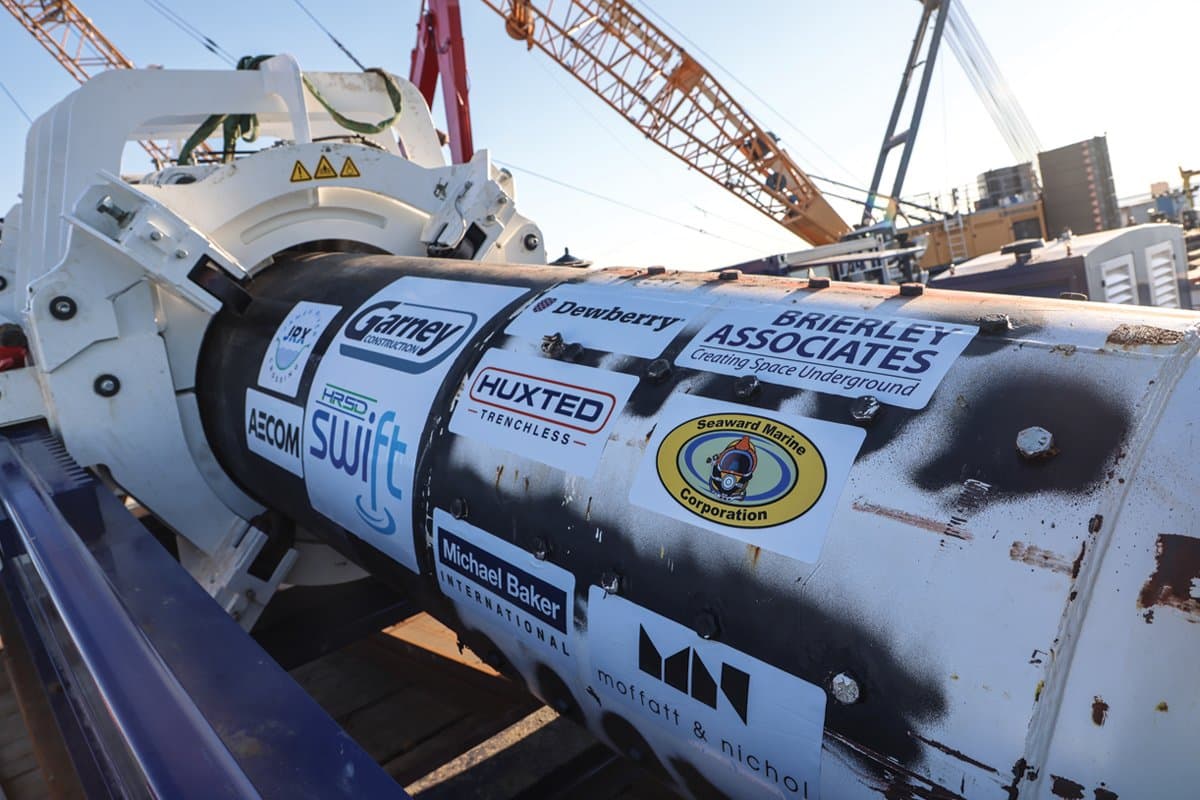
Mud Pump Check Up
March 24, 2016
Since horizontal directional drilling (HDD) work tends to be slower in the winter months, particularly when the ground is frozen, winter is a prime time to inspect the power end of the pump and prevent downtime on the job later.If one waits until an audible problem can be detected, it is often very expensive to repair. All smaller HDD pumps – 100 hp and smaller — tend to use the same type of internal components regardless of the manufacturer.
The Essentials
The power end should last for years if it is given proper maintenance. Clean lubricant is essential for longevity along with wiper box seals that are in good condition. External influences such as allowing the pistons to leak profusely and or cavitation tend to shorten the life span of the power end components quickly. It is easy to visually inspect the power end components for wear and detect a problem before it becomes very expensive to repair.
The largest load bearing area of the pump is the crosshead pin and bushing area. Wear can be detected by locking the intermittent or piston rod with a pipe wrench and rotating the crank shaft slightly. If one can feel any slack it can only be coming from the pin and bushing or the connecting rod bearing. It then becomes necessary to remove the connecting rod assembly consisting of the connecting rod and cross head. If slack is determined in the pin bushing, it will be necessary to press out the pin and inspect the bushing and the crosshead pin in the eye of the connecting rod. Some manufacturers ship bushings that are designed to fit. Others ship them and they have to be reamed to fit the pin after the bushing is installed. The installation instructions and dimensional fits are provided by the manufacturer in the pump manual.

1. Crankshaft 2. Main bearing 3. Shim set 4. Connecting rod bearing half 5. Crankshaft oil seal 6. Rod cap shim 7. Connecting rod 8. Wrist pin 9. Cross head 10. Intermittent rod 11. Wiper box gland 12. Wiper box seals 13. Wiper snap ring
The next area of concern is the connecting rod bearings themselves. If visual wear can be seen, use a micrometer and measure the crankshaft journals to make sure they are not out of round. If the journals check out, then all is needed is new connecting rod bearings. Some manufactures utilize shims to get the correct fit to the journal. Others provide automotive style bearings that only require correct torque to the rod cap for correct installation. There are pros and cons concerning automotive style vs shim bearings. Shim type bearings does allow for oversized connecting rod bearing should the journals be worn. This allows for turning down the crank journals a few thousands and utilizing a larger connecting rod bearing. If a pump uses automotive style precision bearings and the journals are out of round, it is necessary to replace the crankshaft.
The tapered roller bearing should last for years. If the rollers and races are not pitted, utilizing the same set of roller bearings is allowable. Checking the end play on the crankshaft is a simple task. With the use of a dial indicator, check for the lateral movement of the shaft. It if falls within the manufacturer’s tolerances, nothing needs to be done, If not, then it will be necessary to add or remove shims. Shims packs are provided by the manufacturer so one can get the proper end play on the crankshaft. The shims themselves come in different thickness allowing one to add or remove to get the correct end play.
Wiper box packing keeps the oil within the power frame and external contamination from entering the power end. The packing is easy to inspect and essential for longevity of the power end. The wiper box packing must remain in excellent condition at all times. Allowing the pump to set for extended periods of time or letting external contamination build on the packing shortens the lifespan.
If one waits until an audible problem can be detected, it is often very expensive to repair. All smaller HDD pumps – 100 hp and smaller — tend to use the same type of internal components regardless of the manufacturer.
If the intermittent rod or pony rod becomes scoured, replace it at once. This score mark is a direct path for contamination to enter the power end. Some manufactures utilize intermittent rods that are permanently attached to the cross head. Others utilize rods that are removable and replaceable. It makes no difference which style one has, if the intermittent rod becomes scratched, it must be replaced.
Inspection of the power end allows the owner to dictate when repairs are necessary rather than allowing the pump to dictate during the middle of a job when repair is required. If problems are detected early, repair is relatively inexpensive. If a problem is not detected early, that problem often leads to more unnecessary wear and affects other components of the pump. An early fix to any problem is relatively inexpensive. Allowing the problem to continue can often cost several thousands of dollars and downtime on a job.
Ronald Lowe is with Kerr Pumps, Sulphur, Okla.




